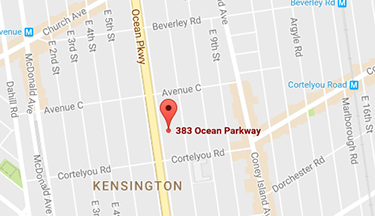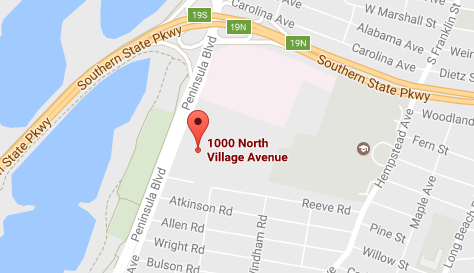Medical Rehabilitation
Inpatient Rehabilitation
Comprehensive inpatient rehabilitation is a medically indicated program for patients who require medical care and rehabilitation services that should not be provided or obtained in alternative settings. The variable nature of diseases, impairment, disability and handicap precludes established prerequisites for determining propriety of inpatient rehabilitation. The physician’s role, therefore, is to determine the appropriate services each patient needs and to assist each patient in procuring that care. In making that assessment, the following indicators, and their relative value, may be applied for determining appropriateness of inpatient rehabilitation.
-
1. The patient requires and is able to tolerate and participate in a comprehensive level of rehabilitation services.
Comment: Comprehensive level of services is usually a minimum of three hours of rehabilitation services daily. Services may include physical therapy, occupational therapy, speech therapy, psychology, cognitive and behavioral therapy, avocational therapy, social service, vocational rehabilitation, community re-entry and educational services. The specialized skills of rehabilitation nursing care and physiatrists are also required. Other rehabilitation services should be included as needed.
-
2. The patient requires close rehabilitation medical supervision and available 24- hour daily medical attention.
Comment: With shorter acute care hospitalizations and the increasing longevity of patients with complex medical problems, many patients entering comprehensive rehabilitation have multiple medical problems still requiring acute treatment and ongoing monitoring of medical status. During rehabilitation, ongoing medical management is necessary to address these medical issues. Direction of the rehabilitation program and leadership of the interdisciplinary team is an ongoing process and the responsibility of the rehabilitation physician as well.
-
3. Necessary services cannot be provided in an alternative, less costly, setting.
Comment: The level of rehabilitation services available in an acute care hospital is generally much less than in a comprehensive rehabilitation setting. Furthermore, patients may require specialized care as a result of their disability that cannot be delivered effectively outside of comprehensive rehabilitation programs.
-
4. The patient cannot access necessary care outside a comprehensive rehabilitation setting.
Comment: The patient may require a particular service or intensity of service that can only be provided in an inpatient rehabilitation program. Additionally, the patient’s impairment, disability or handicap may preclude them from obtaining services in an alternative delivery fashion. Finally, alternative approaches and settings may not be available to patients based on resources which preclude alternative settings but allow for inpatient rehabilitative services.
-
5. The patient requires a therapeutic milieu for continuous diagnostic and rehabilitation therapeutic interventions.
Comment: The medical and rehabilitation needs of the patient require continuous ongoing treatment and evaluation by rehabilitation professionals. These needs include bladder, bowel, respiratory, skin, swallowing, behavioral and cognitive intervention. Other diagnostic and therapeutic functions may be needed as well.
-
6. The community standard is inpatient rehabilitation.
Comment: Standards of care may be determined not only by physician practice patterns but by geographical considerations, economic considerations and considerations related to availability of resources. Consequently, community standards and practices are a consideration in determining overall propriety of inpatient rehabilitation.
-
7. The patient has rehabilitation goals which can be accomplished through the hospitalization.
Comment: The most common expectation of a comprehensive inpatient rehabilitation program is that the patient will make improvements in function during admission. These types of improvements are measured through various functional measures. However, the patient may have other goals which are not directly measured by these indices which are appropriate for inpatient comprehensive rehabilitation. Among these are patient and family education (particularly in situations in which patients with severe disability will be discharged back to the community), improved respiratory status and improved cardiac function. Additionally, management of problems related to tone and contracture, and neurogenic bowel and bladder may best be addressed in a comprehensive inpatient rehabilitation unit as opposed to an acute care or skilled nursing facility. Skin management, especially pressure related decubitus ulcers and neurovascular related ulcers, may also require inpatient rehabilitation for total overall management including appropriate physical therapy modalities, occupational therapy, education, nursing and psychosocial management. Cognitive-perceptual and disability related psychological and behavioral psycho-cognitive management are other issues which can be addressed and treated in the inpatient rehabilitation setting.
The roles of a physiatrist on an inpatient rehabilitation unit include those of physician, program director, team facilitator, counselor and patient advocate.
The role of a physiatrist includes both the provision of rehabilitation services to address functional and psychosocial needs of the persons served, and the provision of medical services.



